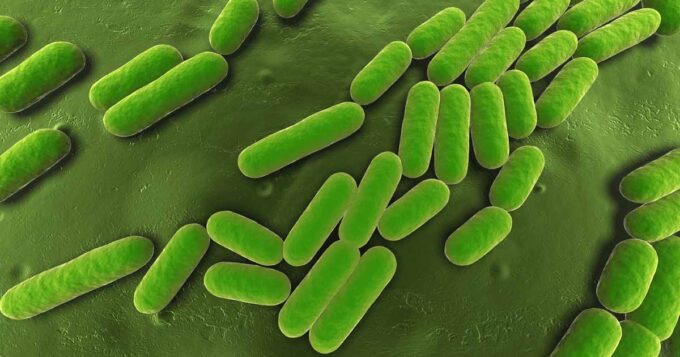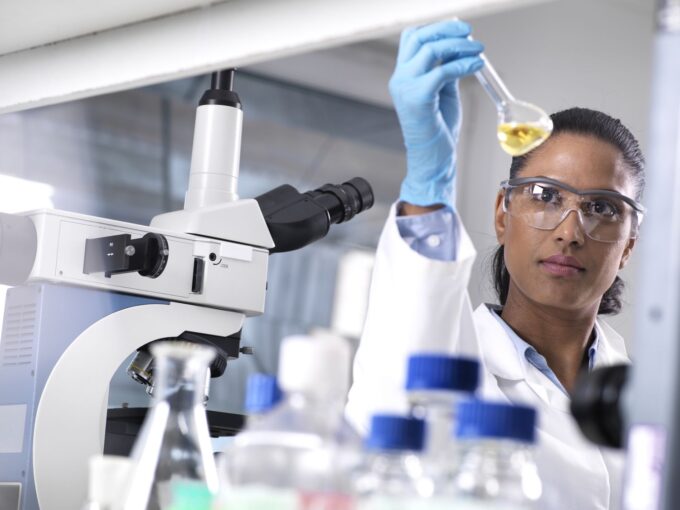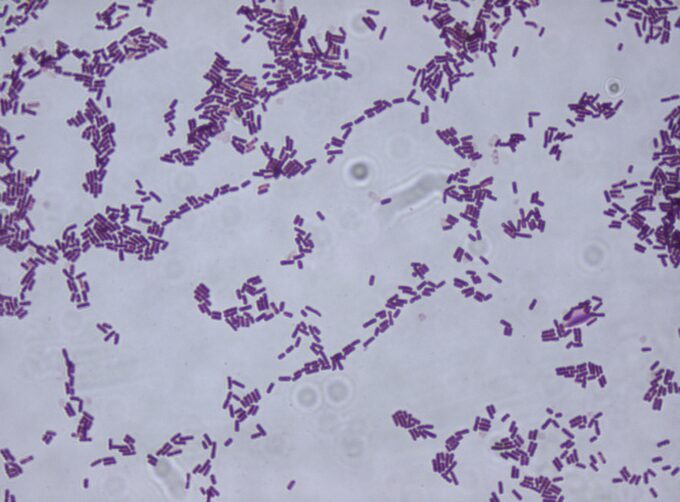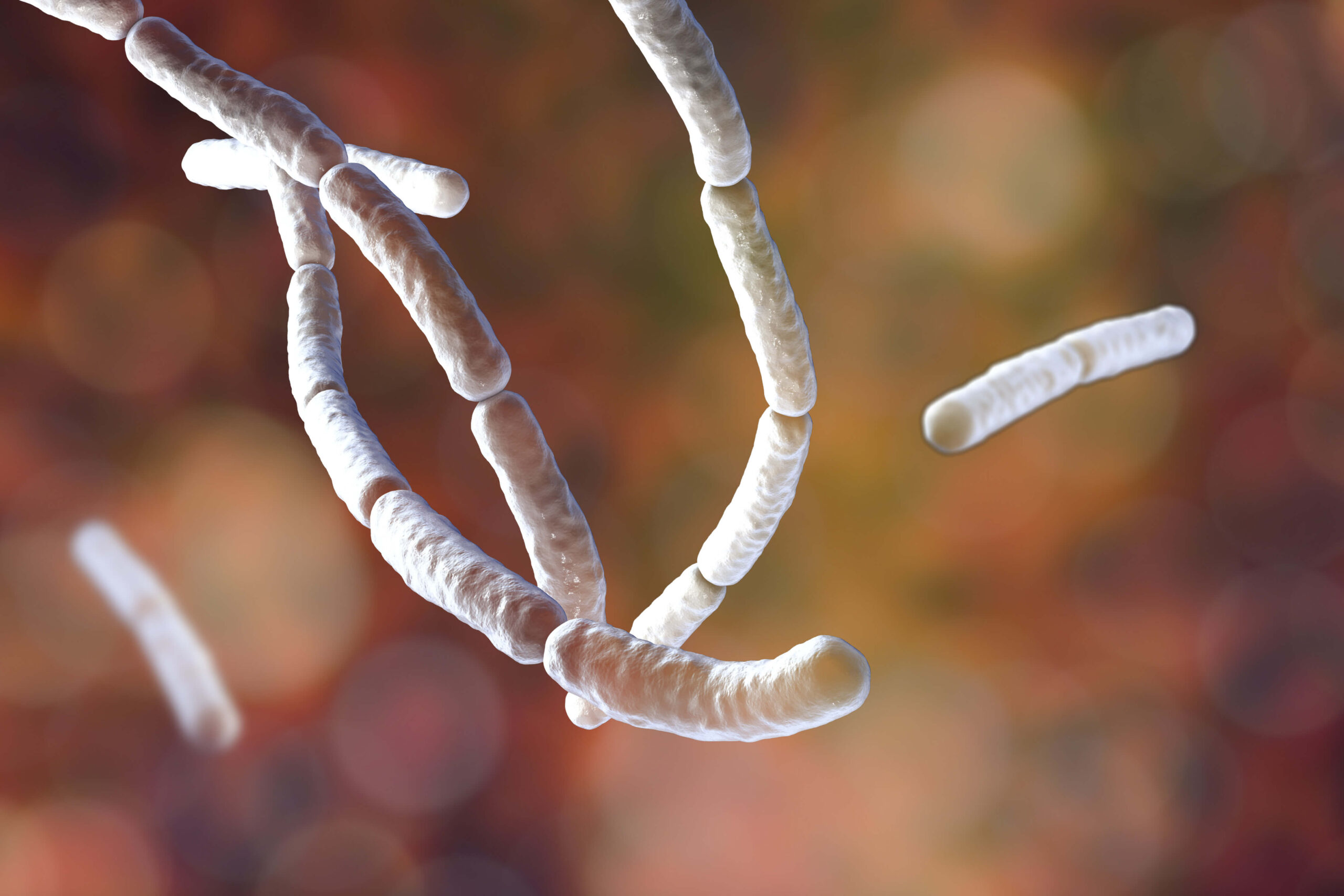Bacillus subtilis, also known as the hay bacillus or grass bacillus, is a gram-positive, rod-shaped bacterium first discovered in 1835 by Christian Gottfried Ehrenberg. It is a well-studied model organism due to its ability to form spores, easy manipulation in the lab, and small genome.
Over the years, Bacillus subtilis has been used for various industrial and agricultural applications and, more recently, in biotechnology. Bacillus expression system is used in many processes. This article will delve into the history of Bacillus subtilis, its uses in industry, agriculture, and biotechnology, and its potential future applications.
The Early Discovery
Bacillus subtilis was first discovered in 1835 by Christian Gottfried Ehrenberg in a sample of hay infusion, a mixture of plant material and water allowed to ferment. He described the organism as having a rod-like shape and being able to form spores, highly resistant structures that allow the bacterium to survive in harsh environmental conditions. This discovery marked the beginning of studying this bacteria and its unique characteristics.
Bacillus Subtilis as A Model Organism
In the early 20th century, Bacillus subtilis began to be studied as a model organism for the study of bacterial physiology. Researchers found the bacterium easy to grow and manipulate in the laboratory. It was also able to form spores, making it a good subject for studying sporulation’s genetic and molecular mechanisms.

It was also found to have a relatively small genome, making it an interesting subject for genetic manipulation. The study of Bacillus has greatly contributed to our understanding of bacterial physiology and molecular biology.
Use in Industry
Bacillus subtilis has been used for many industrial applications, such as enzymes and antibiotics. In particular, the bacterium is known for its ability to produce proteases, which are enzymes that break down proteins. These enzymes have been used in various industries, including the food, detergent, and biofuel industries.
Additionally, it has been used to produce the antibiotic subtilin, which is used to treat various infections. Industrial use has greatly contributed to the production of enzymes and antibiotics, and its potential for further industrial application is vast.
1. Agriculture
Bacillus subtilis has also been used in agriculture as a biofertilizer. The bacterium produces compounds that promote plant growth, such as gibberellins and cytokines. These compounds can increase the size of plants and improve their disease resistance.
In that matter, it can improve soil quality by increasing the amount of nitrogen available to plants. Its potential as a biofertilizer has greatly contributed to the field of agriculture, and its potential for further use is vast.
2. Biotechnology

In recent years, biotechnology has been interested in using Bacillus as a host organism to produce various proteins and enzymes. For example, the bacterium has been used to produce proteins such as human growth hormone, interferon, and insulin and enzymes such as cellulose, which are used to produce biofuels.
Moreover, it has been used as a vaccine delivery system and a tool for gene therapy. The potential for it in biotechnology continues to be an active research area, and its potential for future applications is vast.
3. Medicine
In medicine, this microorganism has been found to have the potential as a probiotic. Probiotics are live microorganisms that provide health benefits when consumed in sufficient amounts.
For example, studies have shown that consuming this microorganism can improve gut health by increasing the number of beneficial bacteria in the gut and supporting the gut barrier function. That can lead to better absorption of nutrients and a stronger immune system.
Also, the experts discovered that it has anti-inflammatory and antioxidant properties, which may be beneficial in treating diseases such as inflammatory bowel disease, allergies, and even some types of cancer. You can even consider if do probiotics help with menopausal weight gain.
However, more research is needed to understand this microorganism’s potential in medicine fully, the optimal dosage and administration, and establish its safety and efficacy as a probiotic.
4. Environmental Science
This microorganism has also been studied in environmental science for its potential in bioremediation. Bioremediation is the use of microorganisms to break down pollutants in the environment. Studies have shown that this microorganism can break down certain pollutants such as polychlorinated biphenyls (PCBs) and crude oil.

PCBs are a group of chemicals used in many industrial and commercial applications and have been banned due to their harmful effects on the environment and human health.
The ability of this microorganism to break down these pollutants can significantly impact the cleanup of contaminated sites and the reduction of environmental pollution.
However, more research is needed to understand this microorganism’s potential in environmental science fully, the optimal conditions and methods for its use in bioremediation, and to establish its effectiveness in breaking down a wide range of pollutants.
Potential Future Applications
With the increasing interest in biotechnology and the potential for subtilis as a host organism, its future applications are vast. Researchers are currently exploring the use of it for the production of bioplastics, biofuels, and other bioproducts.
Additionally, it has been found to have potential as a probiotic, which could be useful in the food industry and human health.
Challenges and Limitations
Despite the many potential applications of subtilis, some challenges and limitations must be considered. For example, producing enzymes and other bioproducts using it can be expensive and time-consuming.
Additionally, the use of subtilis as a probiotic is limited by the lack of regulation and understanding of the safety and efficacy of probiotics. However, these things might change in the future.
Conclusion

Bacillus subtilis, also known as the hay bacillus or grass bacillus, is a gram-positive, rod-shaped bacterium that was first discovered in 1835. Over the years, Bacillus has been used for various industrial and agricultural applications and, more recently, in biotechnology.
Its ability to form spores, easy manipulation in the lab, and small genome make it an ideal organism for research and industrial use. The potential in biotechnology continues to be an area of active research, and its future applications are vast. However, some challenges and limitations must be considered.









